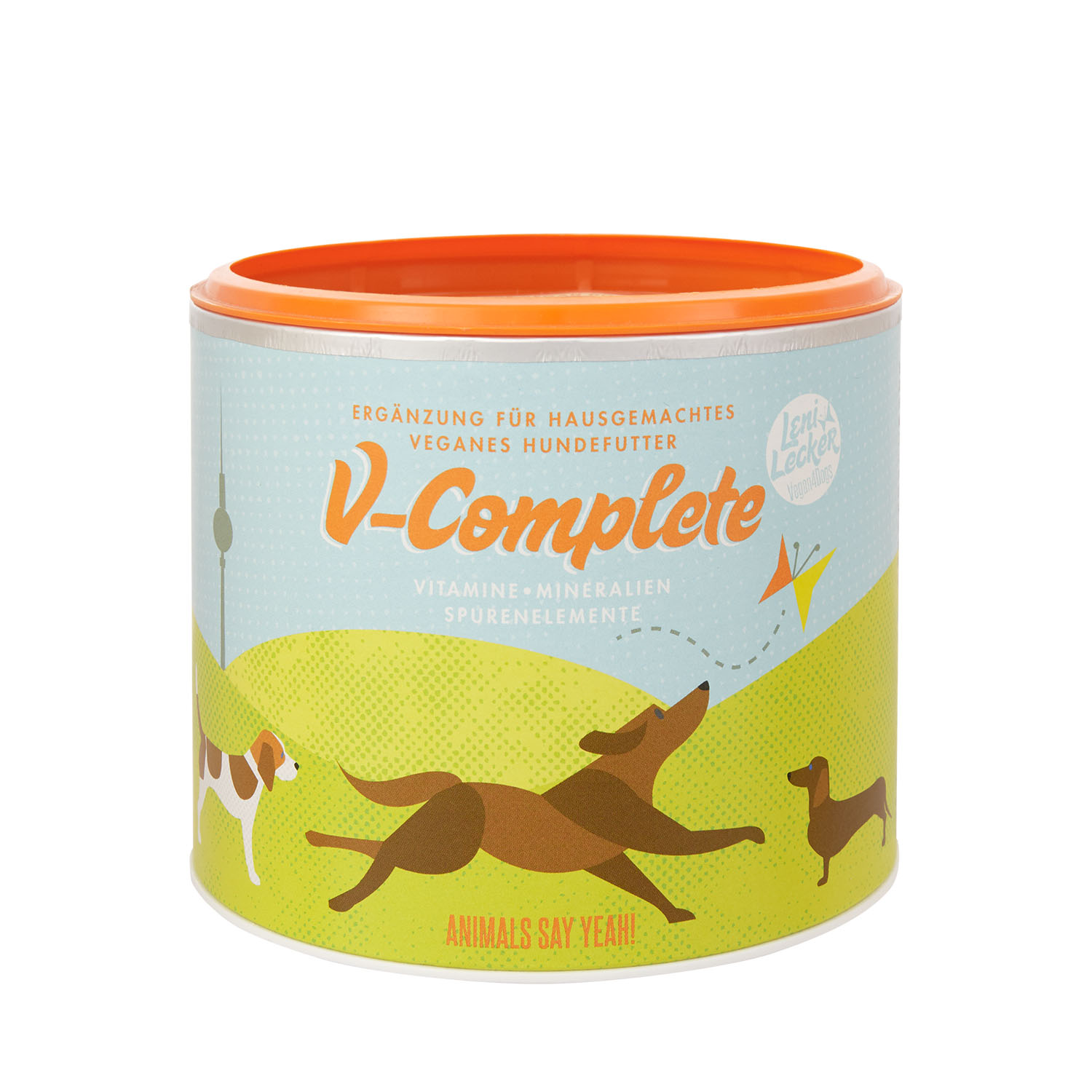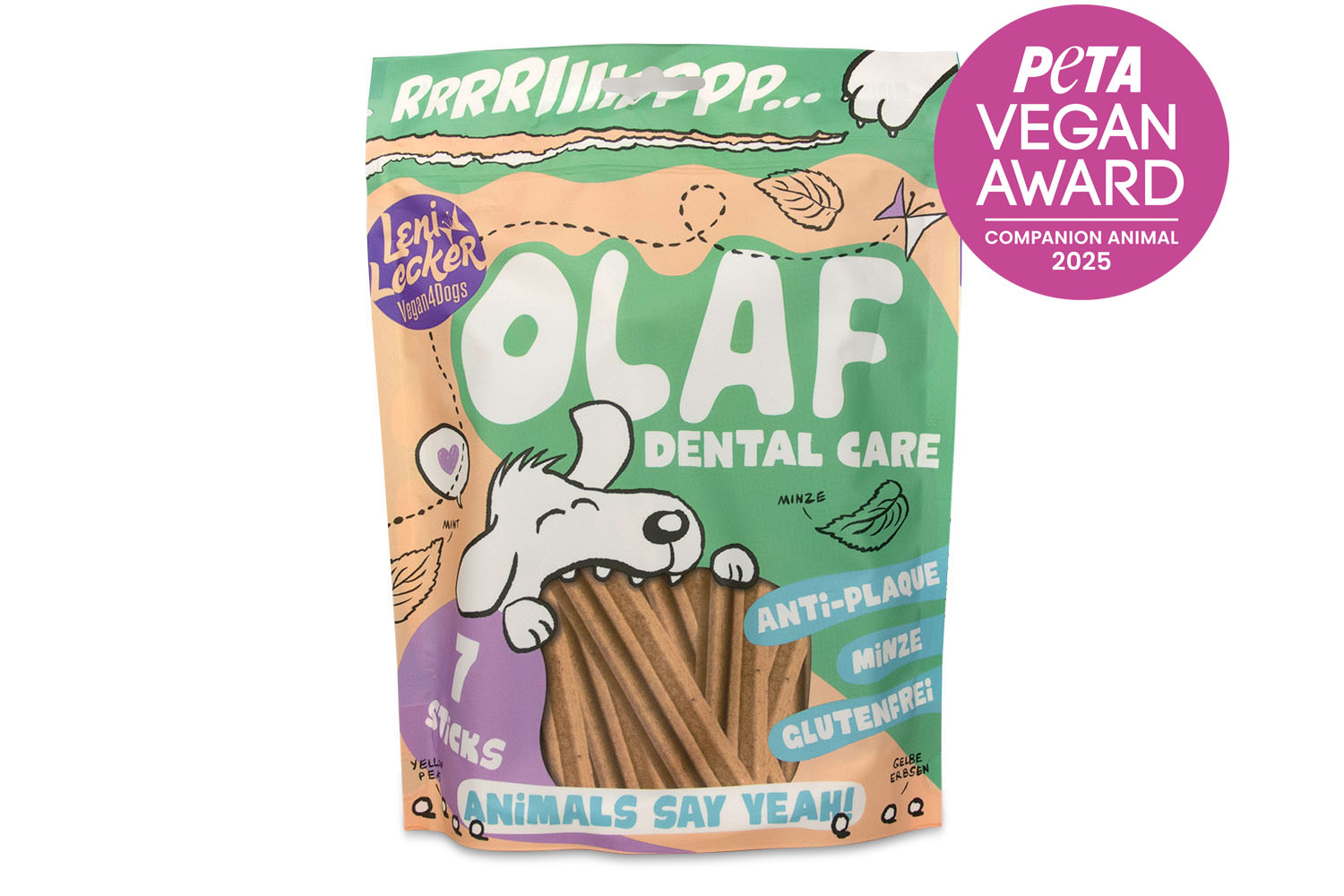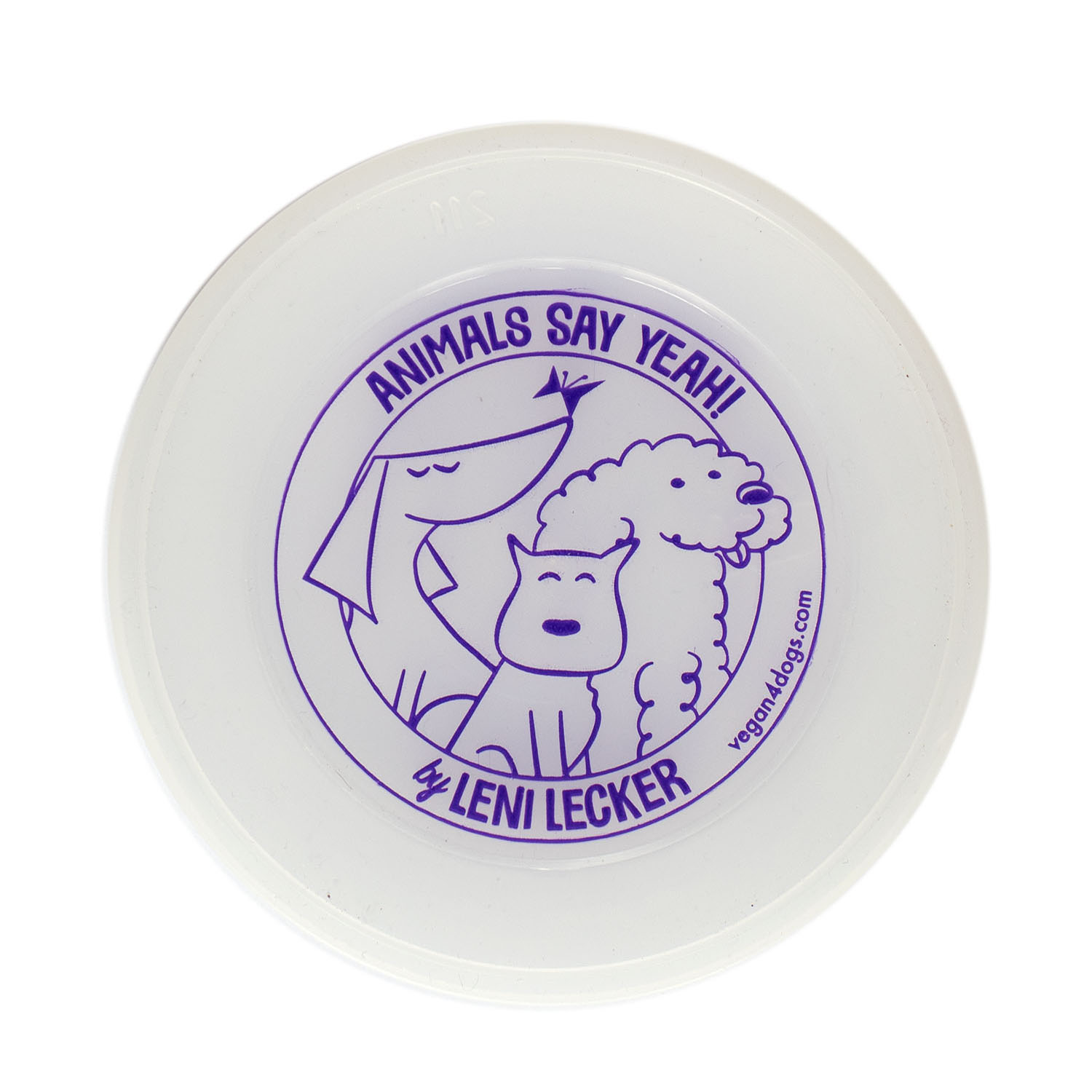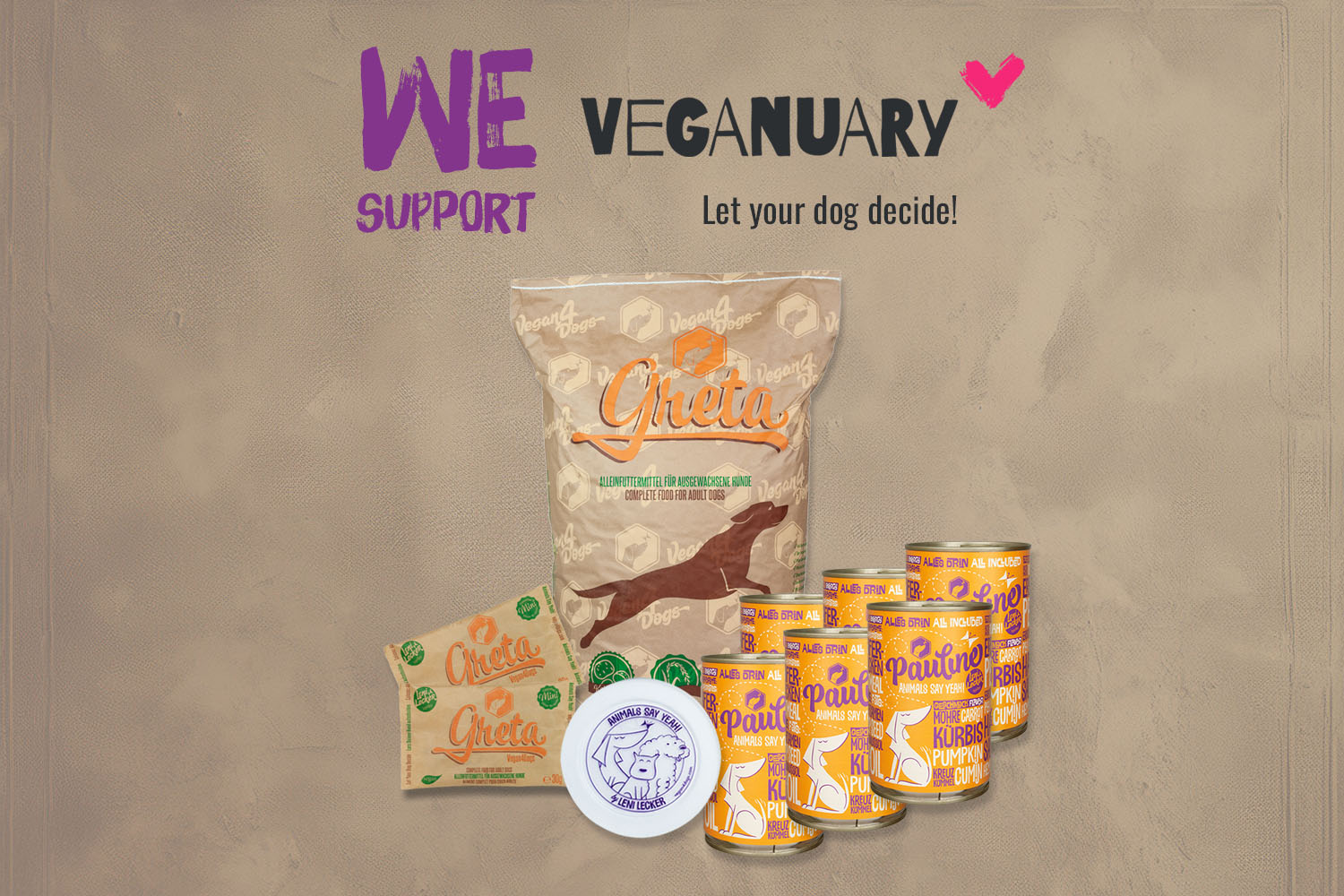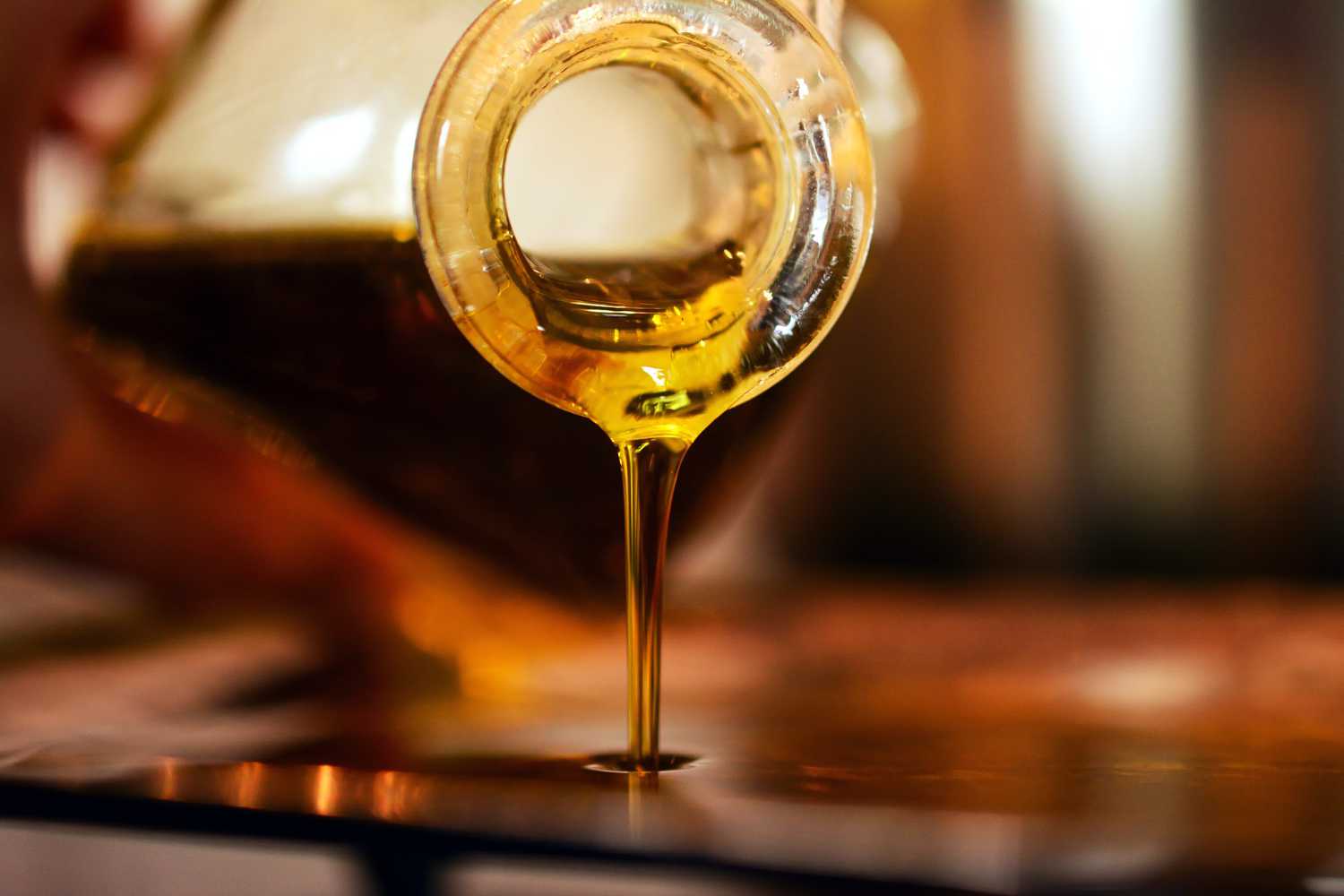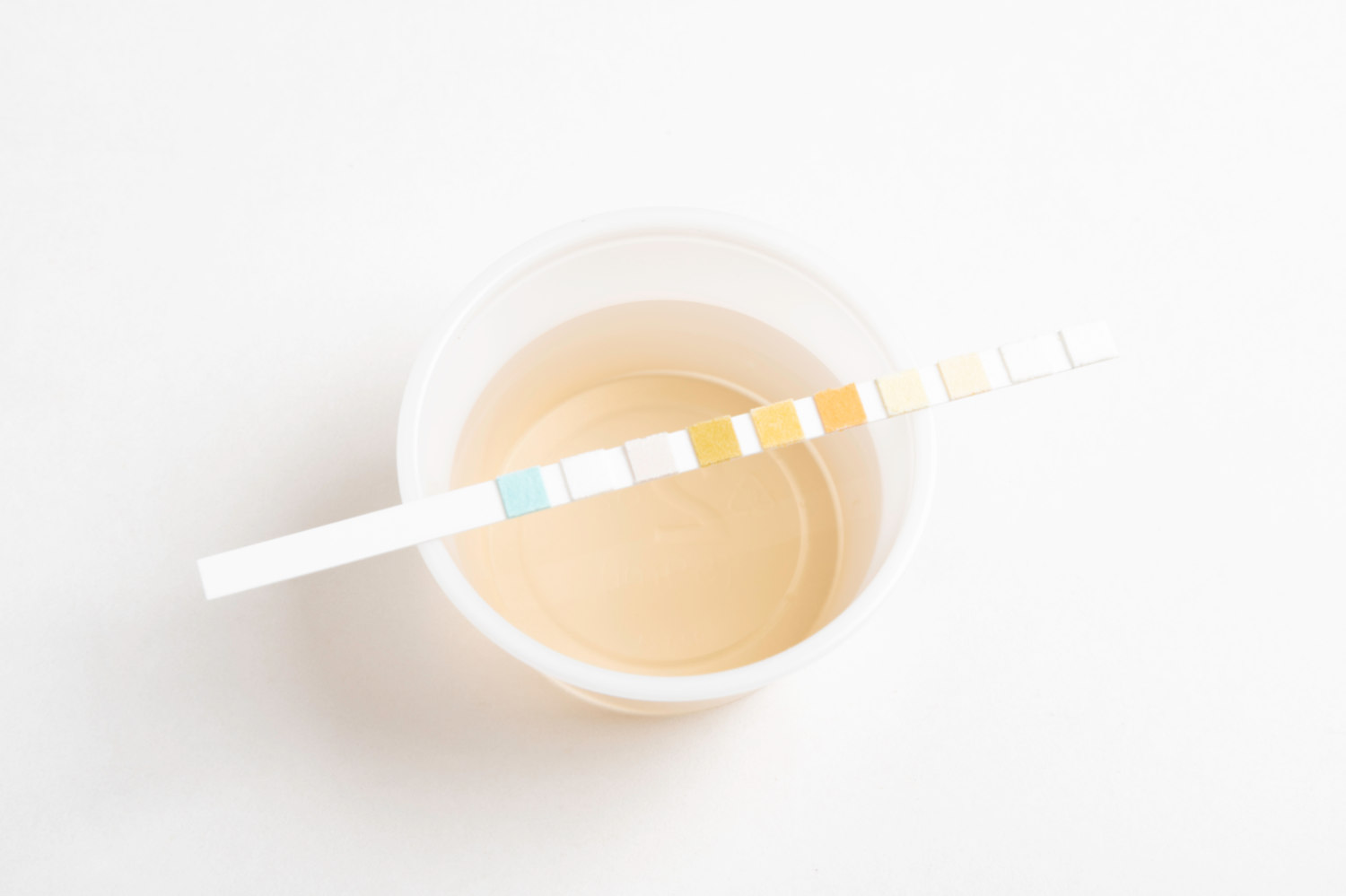
World Water Day
water
It's getting scarcer and scarcer...
So important and yet so underestimated: Water - the basis for everything: our most important food and essential raw material in industry and agriculture! To draw attention to this importance, UNESCO launched today's annual World Water Day.Water is a human right? Not at all!
- 2.2 billion people have no access to safe drinking water!
- 4.2 billion people (55% of the world's population) have no access to safe sanitation.
- 844 million people worldwide have to walk long distances to bring water home.
Who are the main culprits?
- Agriculture: Intensive cultivation causes pesticides and fertilisers that are difficult to break down to enter the groundwater: fertilisers such as nitrates and phosphates cause an overabundance of nutrients in water bodies, so that algae multiply and deprive other living beings of light and the oxygen they need. 80% of marine ecosystems are affected by this eutrophication. Next to fishing, it is the greatest threat to the global marine environment.
- Industry: Heavy metals, oils and chemicals enter the soil and water. Leaks in tankers or pipelines in particular often cause major ecological damage. "Fracking" is also dangerous. Here, a mixture of water, chemicals and sand is forced through a hole in the earth under high pressure in order to extract oil and gas from the rocks. Not to mention the water consumption, the chemicals get into the groundwater and radioactive substances from the rocks can leak out.
- > Aviation causes de-icing agents and road salts to enter waste water. Air pollution leads to acid rain.
- Private households pour chemicals, microplastics, medicines (painkillers, hormones, antidepressants, antiepileptics) and rubbish into wastewater or onto the ground.
The consequences of water pollution are immense
- Alteration of the water habitat, decreasing pH value due to acid rain.
- Accumulation of toxins in the food chain
- Increased extinction of species, deformities
- transmission of pathogens, antibiotic residues in the environment contribute to pathogens becoming immune to the active agents
- Not enough drinking water
- Creation of "dead" water bodies; in Scandinavia up to 10,000 lakes are already biologically dead.
- Economic losses: high costs for water treatment, increasing number of sick people and thus higher burden on the health system.
Our earth is 71% covered with water
This consists of 97% salt water and 3% fresh water. Agriculture consumes the most fresh water (70%). Industry and private households account for the remaining 30%. About 30% of the water used worldwide is used for the production of animal products. Water consumption here is significantly higher than in the cultivation of plant food. This is because animals need a lot of feed, the production of which requires large amounts of water. And they have to drink a lot! Your beloved four-legged friend next to you on the couch also needs a lot of water. 40-50 ml of water per kg of body weight should be enough when feeding dry food. With moist food, the amount is reduced to 5-10 ml per kg body weight. In summer and when the dog is very active, the water need increases.Can my dog drink from a puddle or a lake?
Since the water is not treated, there is a possibility that it is contaminated. Leptospires can be found in puddles, pools and ponds. These pathogens are excreted by rodents through urine. In case of infection, symptoms such as fever, frequent urination and vomiting appear. By the way, leptospirosis is a zoonosis, which means that humans can infect dogs and vice versa. Furthermore, giardia and other intestinal parasites can live in water. Their life is also based on water. Without water, there is no life on this planet, including us humans. Therefore, it is even more important that we start protecting this precious resource!Sources
https://www.welltec-wasser.de/de/ratgeber/lesen/fracking-eine-gefahr-fuer-unser-trinkwasser.html https://de.statista.com/statistik/daten/studie/1109850/umfrage/suess-und-salzwasservorkommen-auf-der-erde/ https://www.unesco.de/kultur-und-natur/wasser-und-ozeane/un-weltwasserbericht-2021https://studyflix.de/biologie/wasserkreislauf-3664
https://www.umweltschutz-infos.de/wasserverschmutzung-folgen/
https://www.kleintierzentrum-starnberg.de
https://sciencev2.orf.at/stories/1755628/index.html https://www.umweltbundesamt.de/themen/wasser/gewaesser/meere/nutzung-belastungen/eutrophierung#eutrophierung-was-bedeutet-das https://www.landwirtschaft.de/diskussion-und-dialog/umwelt/wie-viel-wasser-steckt-in-landwirtschaftlichen-produkten/
Comment area
Write a comment



